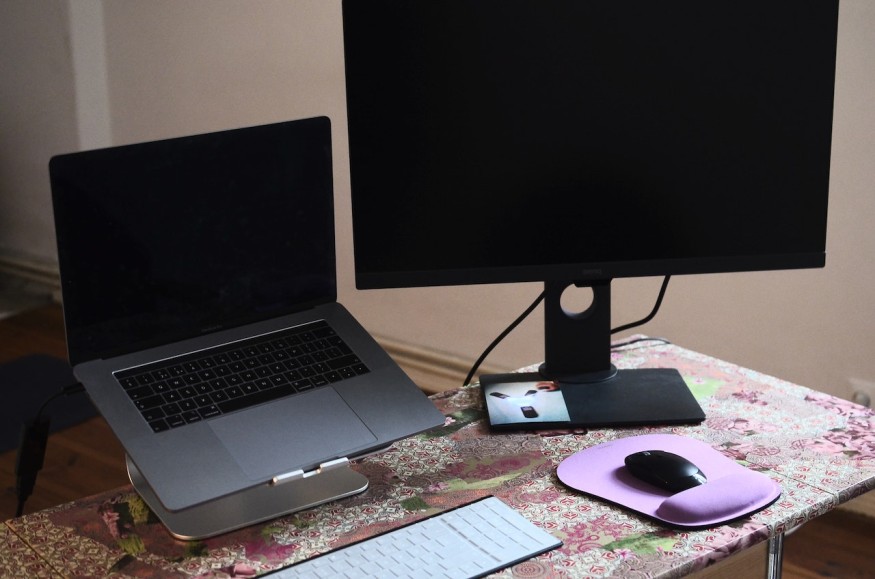
Developers have come up with a novel Bluetooth mouse that can enable its users to control PCs and other gadgets using their tongue.
MouthPad: Tongue-Controlled Bluetooth Mouse
The novel mouth-worn Bluetooth device was developed by Augmental Technologies, a firm based in San Francisco. Essentially, it was made to help individuals with quadriplegia and other physical disabilities to operate PCs, tablets, smartphones, and other gadgets.
Futurism notes that the device was designed to be worn as if it were a mouthguard. It fits over the top teeth while a trackpad rests over the palate, as noted by Tech Smart.
Its trackpad is sensitive to the tongue. Left- and right-click gestures can be executed through a tongue press or suck-in gesture.
In their website, the company notes that their goal is to offer intuitive modes of interaction with computing systems. They also add that the device is designed to minimally affect one's speech and to not be affected by saliva and other fluids.
Each device is also custom-designed to ensure user-friendliness. In fact, mouth scans need to be performed first. After this, a 3D model gets made and a MouthPad for each individual is designed according to specific measurements, as reported by Serbia Posts English.
Currently, the product is still in its beta version. Potential users can join the company's waitlist.
Quadriplegia Game-Changer
Should this device be a success, it may change things entirely for individuals with quadriplegia and other physical disabilities that hamper their capacity to conventionally navigate through gadgets.
According to the Cleveland Clinic, quadriplegia is a paralysis symptom that impacts all limbs of a person and the body from the neck going down. It may impact a person's capacity to move certain body parts and even the automatic processes that are necessary for survival.
The condition is typically caused by spinal cord injuries in the neck. However, it may also occur among individuals facing medical conditions.
Typically, quadriplegia is a symptom of something else. In fact, it is the most common traumatic spinal cord injury symptom. The symptom tends to surface in around 60% of cases. However, at times, quadriplegia is an independent condition.
There are generally two ways for quadriplegia to take place. The first one, incomplete quadriplegia, happens when some signals are blocked from passing through. In such cases, individuals may still feel, move, or manage automatic processes, including bladder or bowel functioning. Among a third of individuals with traumatic spinal cord injuries face this condition.
The other way, complete quadriplegia, hampers all signals. In such cases, individuals lose their muscle control and are incapable of feeling and managing automatic processes. This takes place in around 20% of spinal cord injury cases.
The condition can be treatable in some instances. However, most of these cases lead to lifetime paralysis.
RELATED ARTICLE : Brain-Controlled Electric Wheelchair Passed Latest Trials With 98% Accuracy; How Promising Is This Innovation?
Check out more news and information on Tech & Innovation in Science Times.
© 2026 ScienceTimes.com All rights reserved. Do not reproduce without permission. The window to the world of Science Times.











